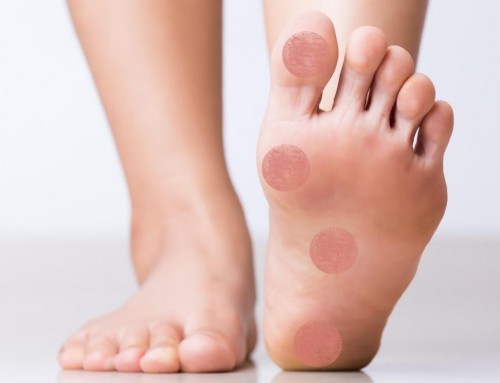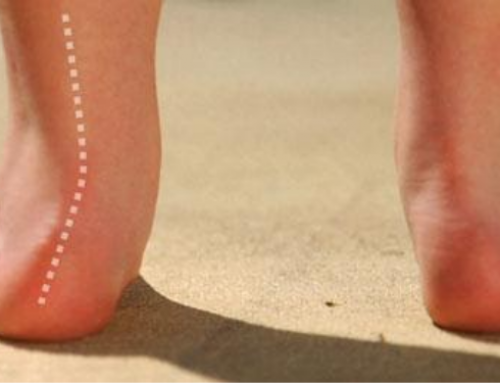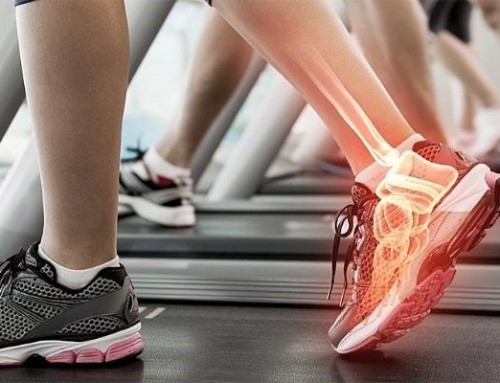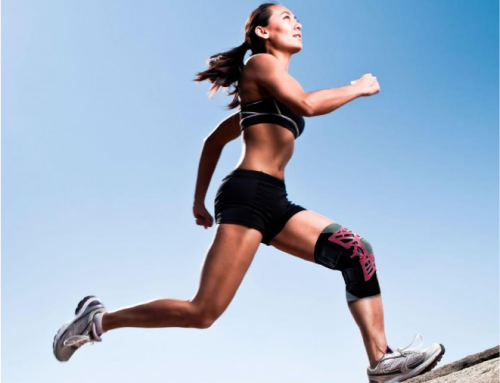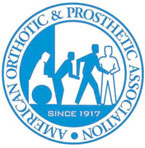Shoe insoles 101 – What you need to know

- Shoe insoles may also be known as shoe inserts, insteps, cushions or orthotics. They come in many styles and shapes (full length, ¾ length, s-shape, heel cups, etc.)
- Insoles are not just about making your shoes feel comfortable, they are real investments into your long-term foot health, can work wonders for your stride, align your body and correct your posture.
- Insoles aren’t all for sickly soles! They can relieve a pressure and cushion the impact of your feet on a hard surface. Reduce stress on your joints, legs, hips and back. They can be worn in work boots, or high heels, or in your trainers. Professional athletes have long used insoles to boost their performance.\
- Shoes are developed with built-in support specifically designed for the type of activity (walking, training, running, basketball, skate, etc.) The pressure points of the food, gait, body weight distribution and alignment of your bones is different in each exercise or sport.
- The research of insoles and orthotics is well established science, with sports stars, military and NHS all benefit from constant innovations.
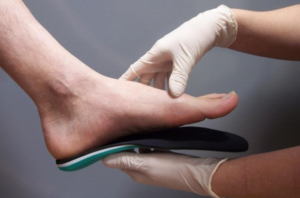
- A lot of sick days are taken each year because of the back pain that could easily be prevented with an insole. In fact, many common conditions can be stopped from ever arising with well suited orthotic.
- Custom Made Orthotics or Insoles serve for adjusting the shoe to the unique foot structure. It stabilizes the foot and positions it correctly. Just as there are no two people with identical fingerprints, there are no two people with the same foot structure. Therefore, it is very important to completely match between the foot and the shoe. Since shoes sold at various stores are not produced according to customer’s order, it is important and recommended to almost everyone to purchase suitable orthotics, in order to make the shoes more comfortable. Purchasing orthotic for severe foot pain or orthopedic problems that are not individually adjusted is not recommended. If the orthotic is not properly adjusted, it may not serve the purpose of reducing pain and improving the posture.
- When designing orthotics for patients suffering from diabetes, who are more prone to foot ulcers than any other group, soft and pleasant to the touch coating material is preferred. We use Plastazote coating for orthotics made for diabetes patients. Plastazote is a diagnostic material that applies shearing forces. This is the only FDA-approved material that can be used in diabetic foot cases, since it does not cause damage to the peripheral veins.
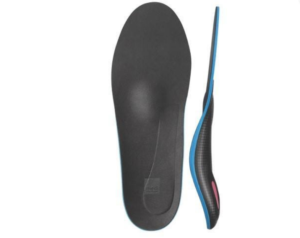
- Foot dysfunctions can make an impact on other body parts. Forces and pressures on the foot affect the knees, hips and pelvis, and may cause damage to the spine. In a way, the human body can be compared to a building: when the supporting pillars are unstable – the whole building is in danger of collapsing. Therefore, anyone who has experienced an injury in one of the aforementioned areas or noticed an excessive asymmetric shoe erosion probably needs specially adjusted orthopedic orthotics.


